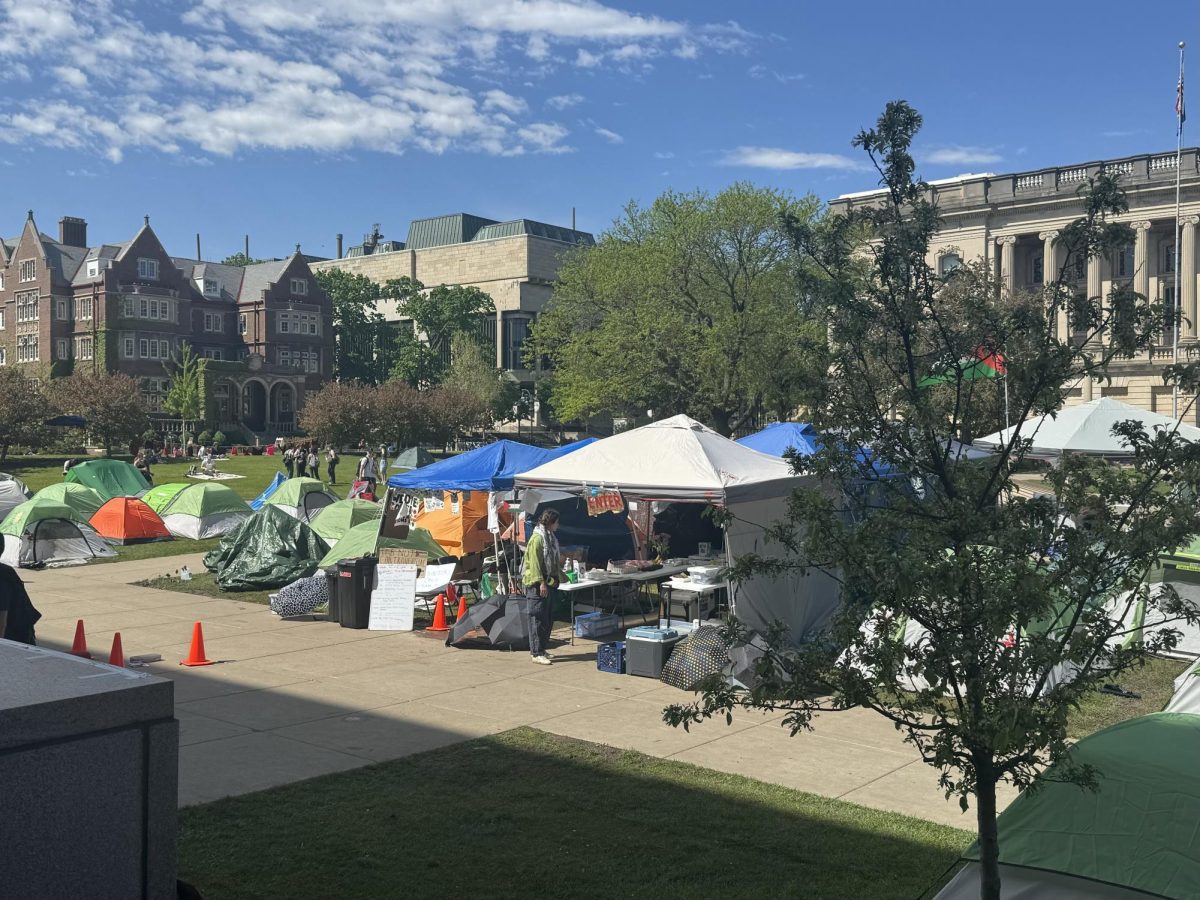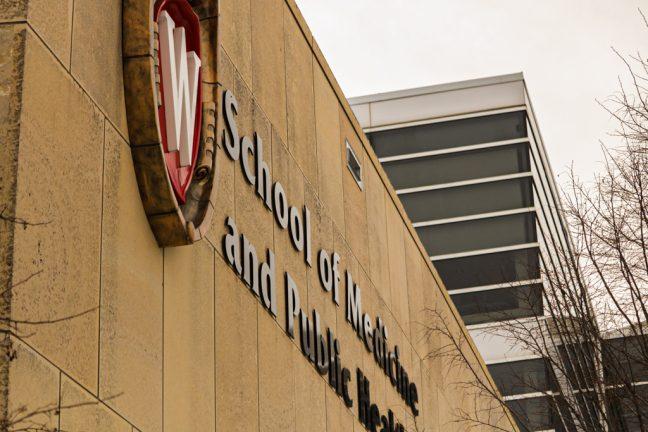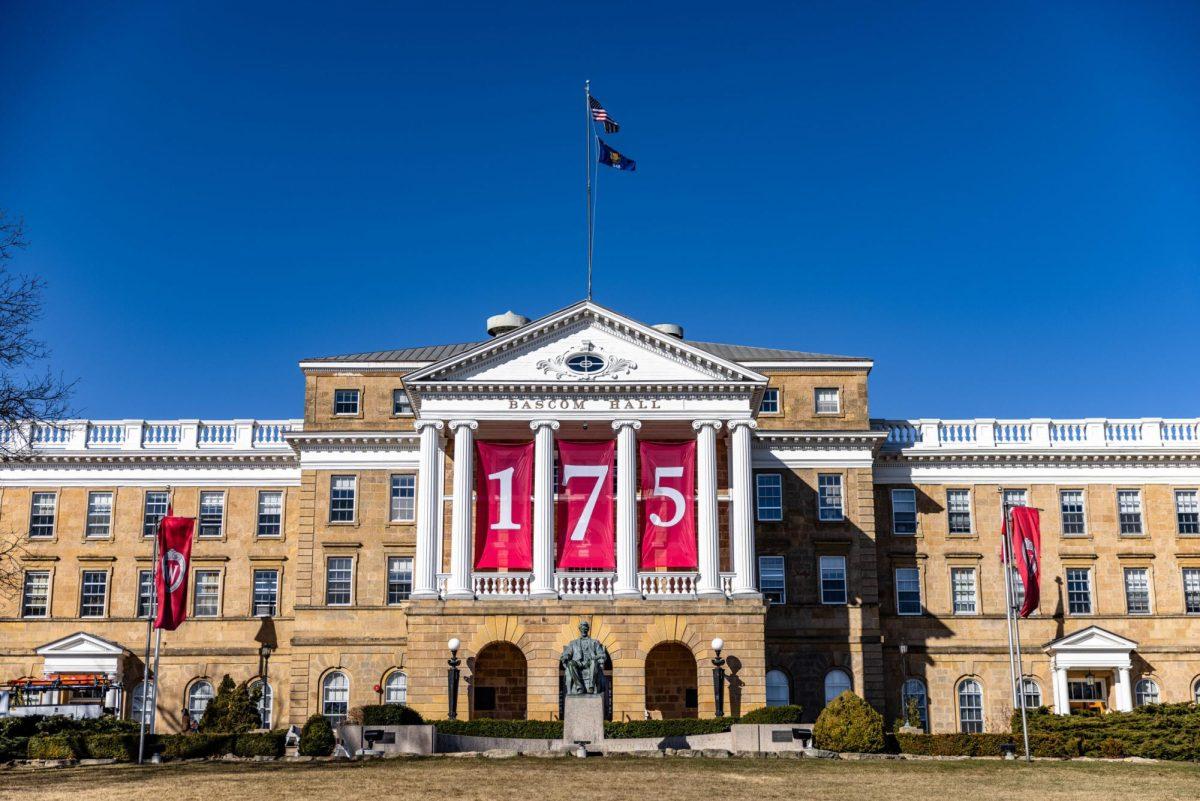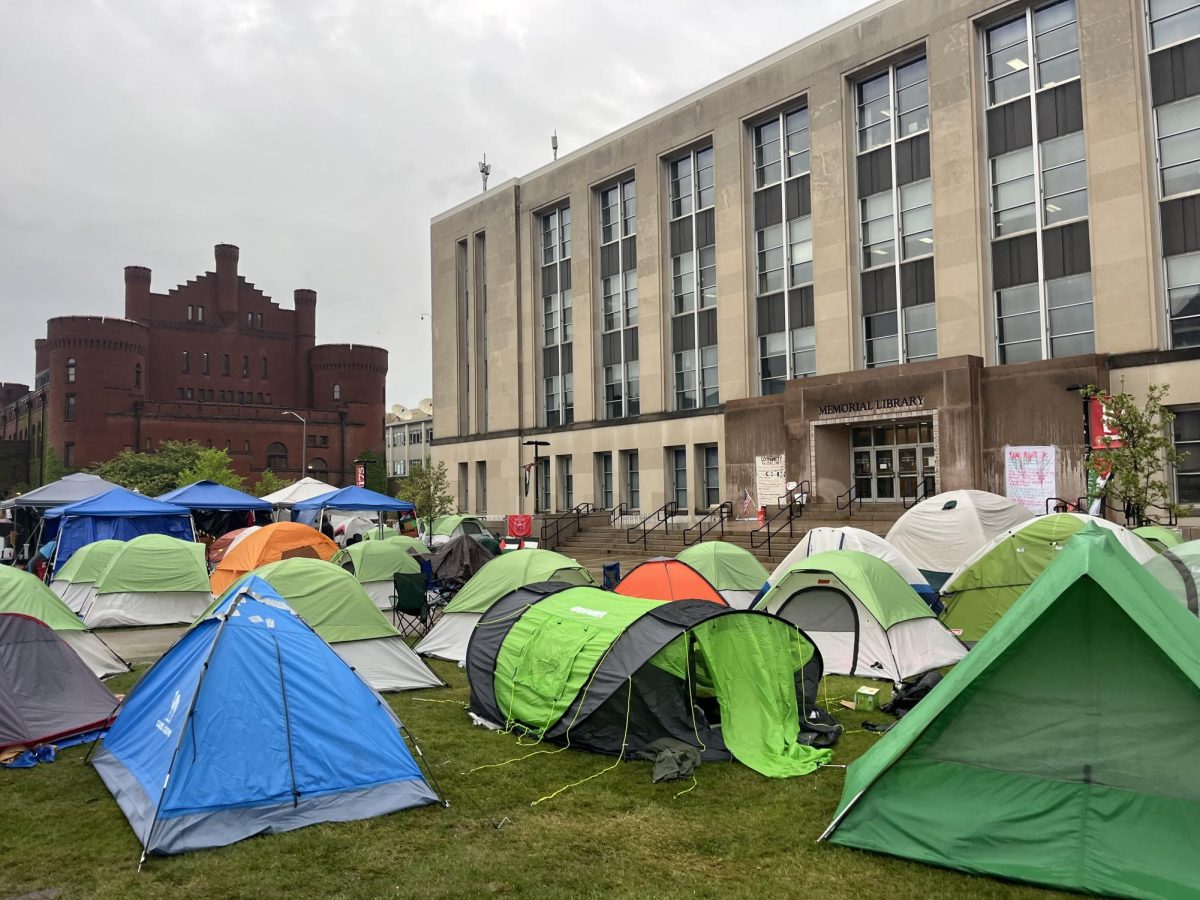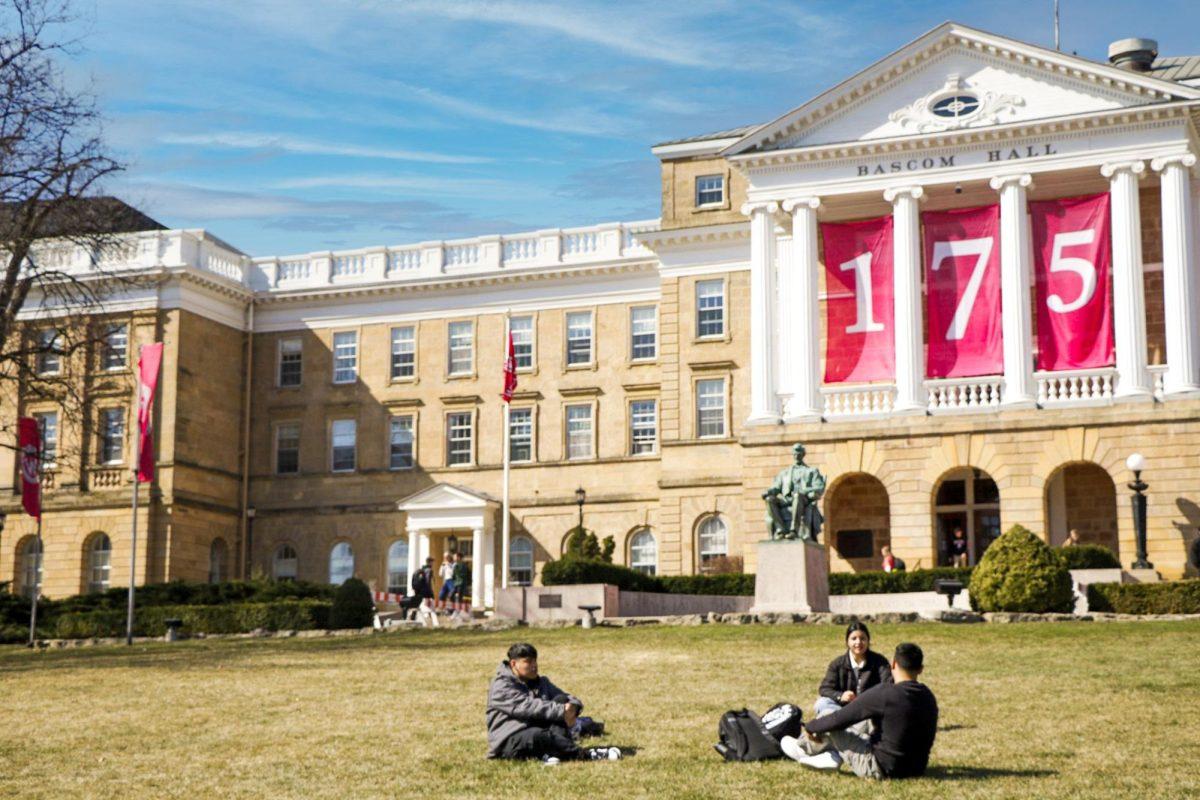Fifty years ago, a group of scientists at the University of Wisconsin formed what would eventually become the Cellular and Molecular Biology graduate program.
The first Ph.D. was given out in 1961, and the program has expanded ever since. The program will celebrate its 50th anniversary this May with a celebration for alumni, faculty and students.
According to a statement from UW, the program was originally developed at the suggestion of Salvador Luria, a Nobel laureate, who advocated the training of students in the emerging field. Today, 119 students and 173 faculty members are involved in the program.
William Bement, the current chair of the program and a professor of zoology, pinpoints the birth of the program back to the milestone discovery of the DNA double helix by Watson and Crick.
The program, when first established, was somewhat of a “groundbreaker” for graduate programs, Bement said.
“The university thought that to really get at the molecular underpinnings of biology, it would require several different departments to come together,” he said. “The idea was rather than having just a department, it would be a unit that drew upon scientists in different areas.”
Although this kind of collaboration is common in contemporary science, the UW program was one of the first multi-disciplinary programs in the country when it started offering coursework for students.
The program remained ahead of international trends in science once again in 1972, when it added the word “cellular” to the beginning of its name, thereby giving it the contemporary name that is used today.
Bement said because cellular biology was not even considered a discipline until the late 1960s, the leaders of the department on campus were farsighted.
Today, the CMB program has 119 graduate students who represent 36 departments within UW. The oncology department has the most representation within the program, followed closely by the biochemistry department.
The students who enter the CMB program all share something in common, Bement said, with the common desire to understand the most basic attributes of life. He said the study of cells – the smallest forms of life – are critical to understanding life as a whole.
He said scientists must understand molecules, then cells, in order to grasp how life systems function effectively.
Graduate students in the program are motivated largely by their desire to help patients, Bement said.
“As we become more and more successful at parlaying these advances into medicine, students feel the need to develop better therapies and innovations.” He said.
He added the “holy grail” of biomedical research, discovering actual cures for common diseases, also lures students to the program.
In the next 50 years, Bement said he imagines that the study of the science will continue to evolve. He said there is currently an increasing amount of attention directed towards research that could impact the quality of human life.
The statement said the CMB program will celebrate its anniversary with a special ceremony on May 27, featuring students presenting on their research.
Raymond Erikson, a professor at Harvard University and the second graduate of the program, will also address members of the conference.







